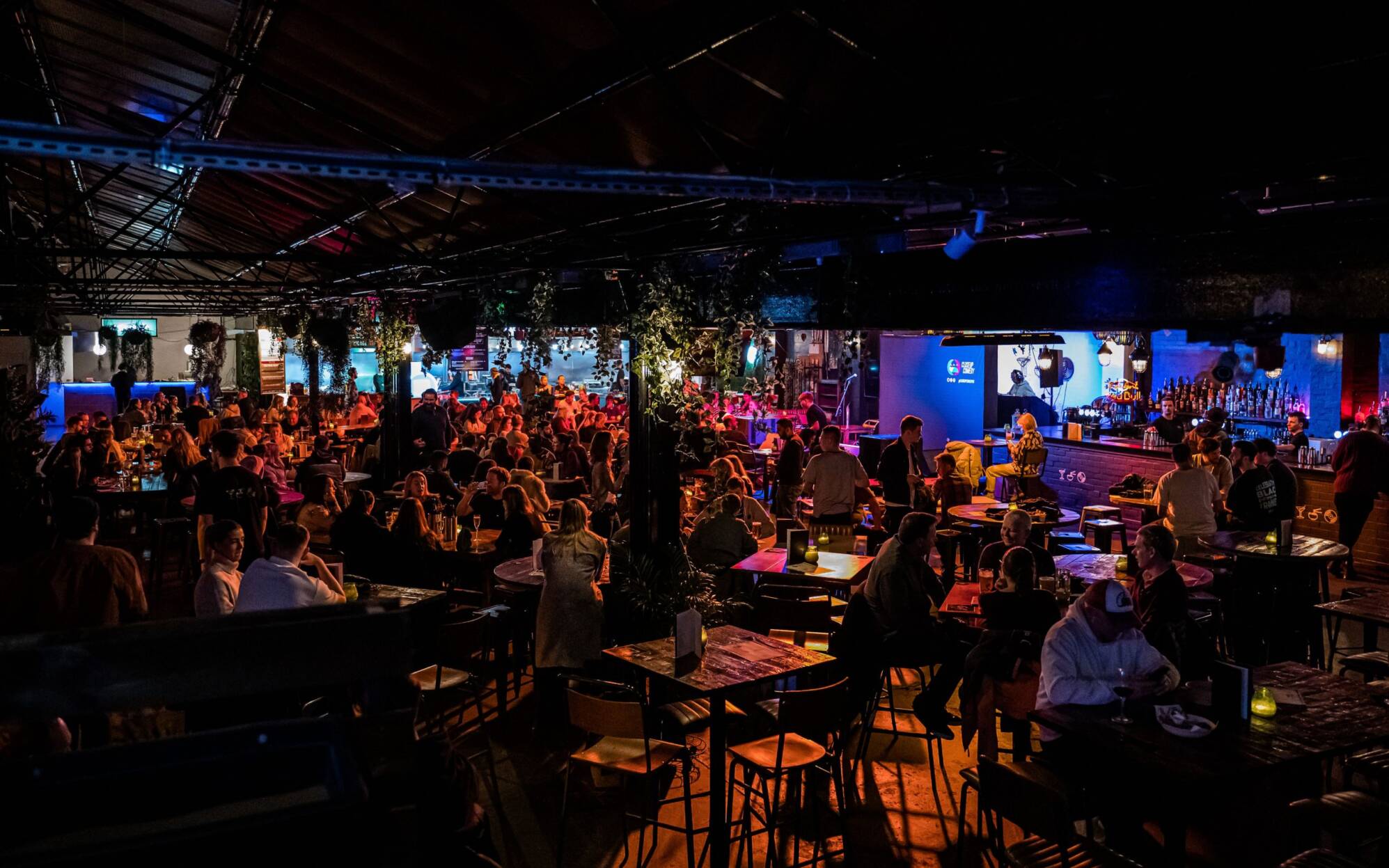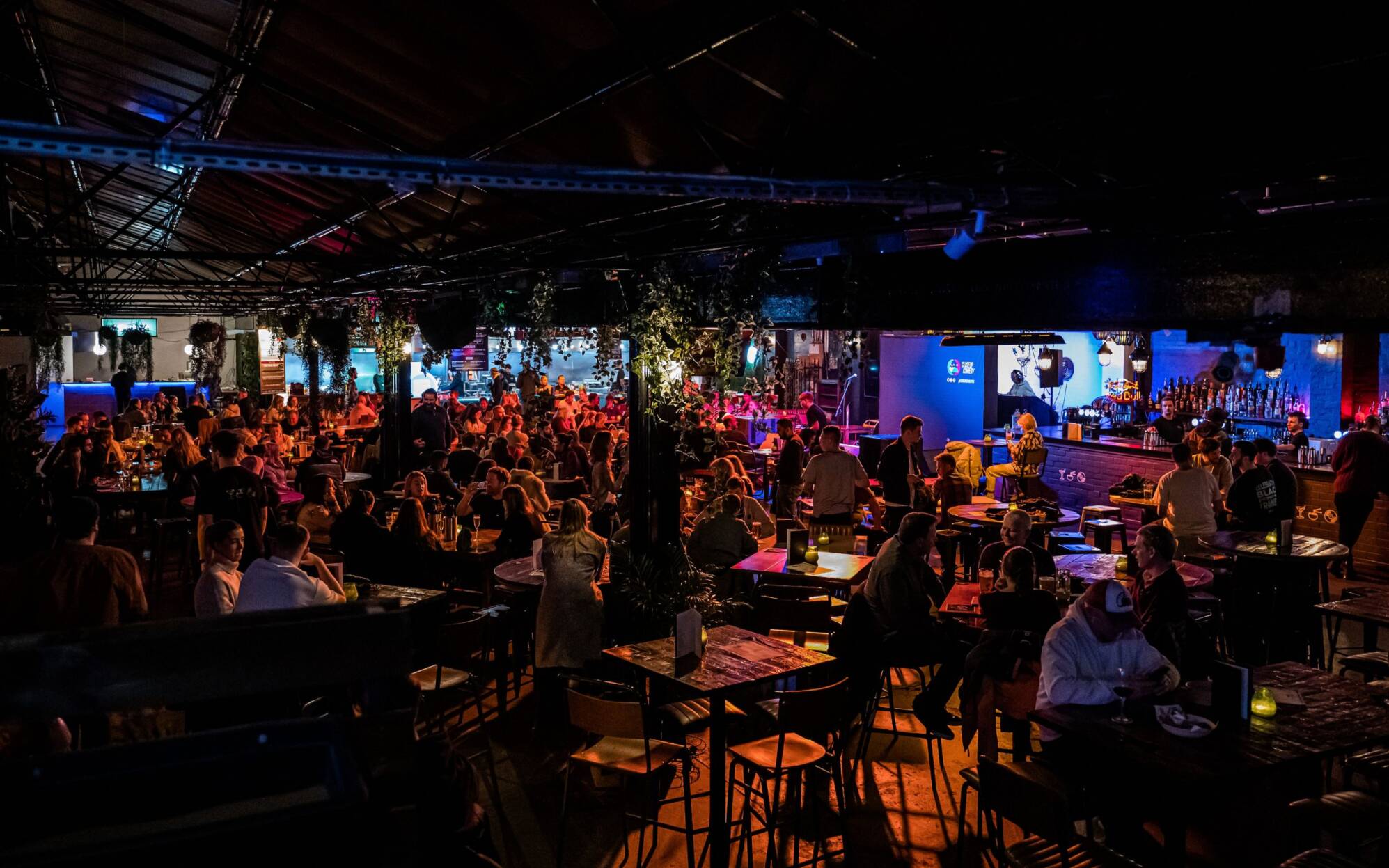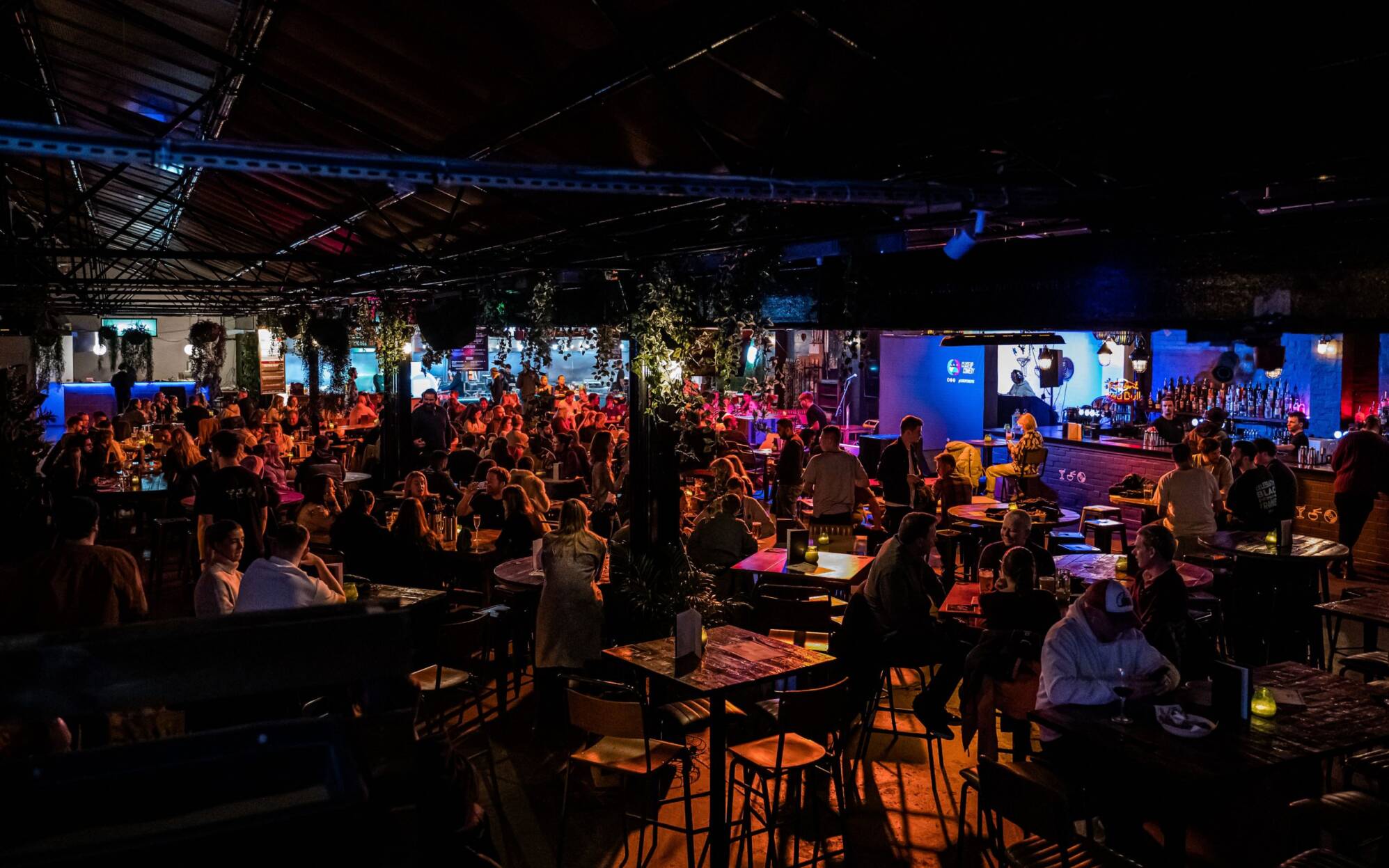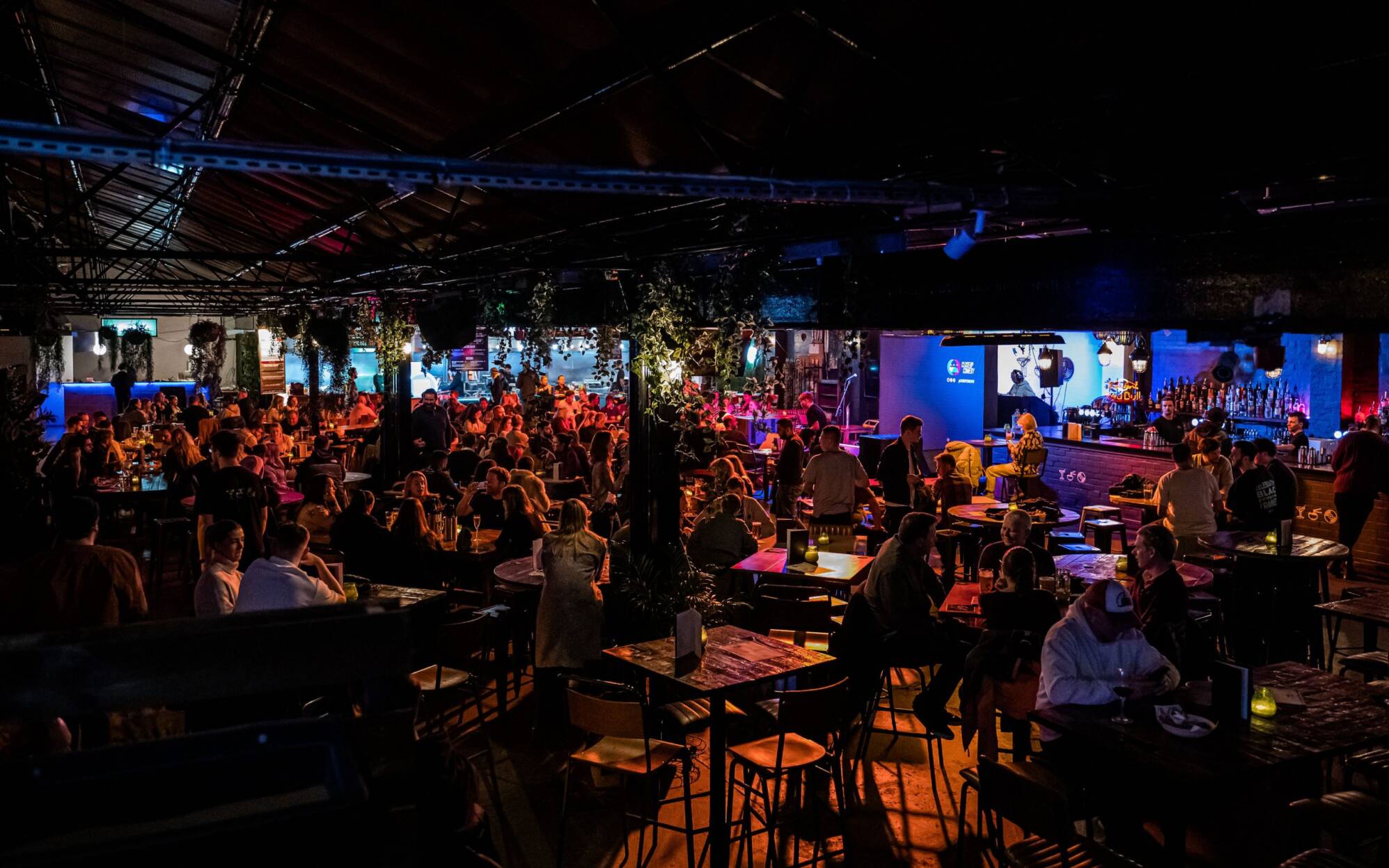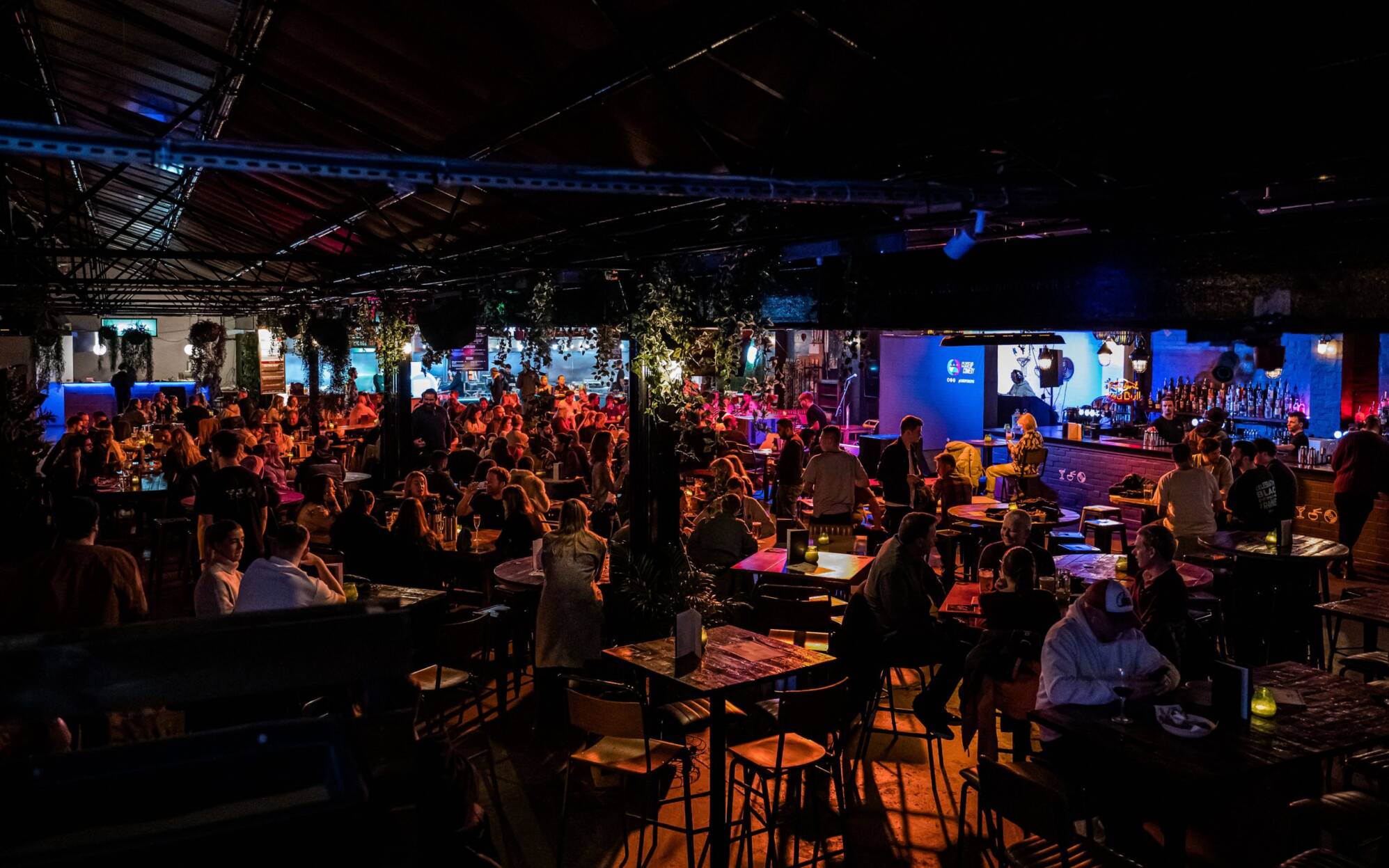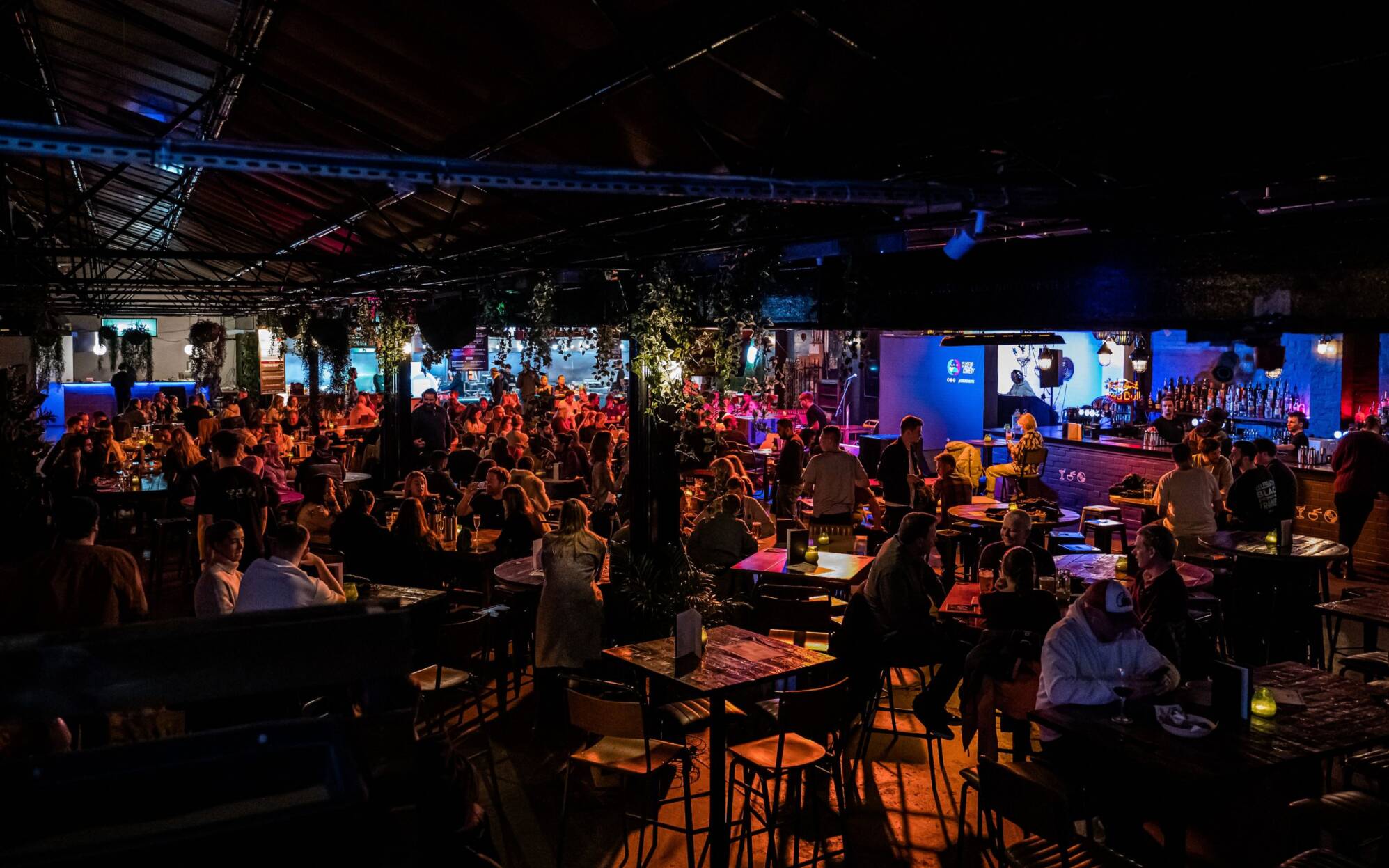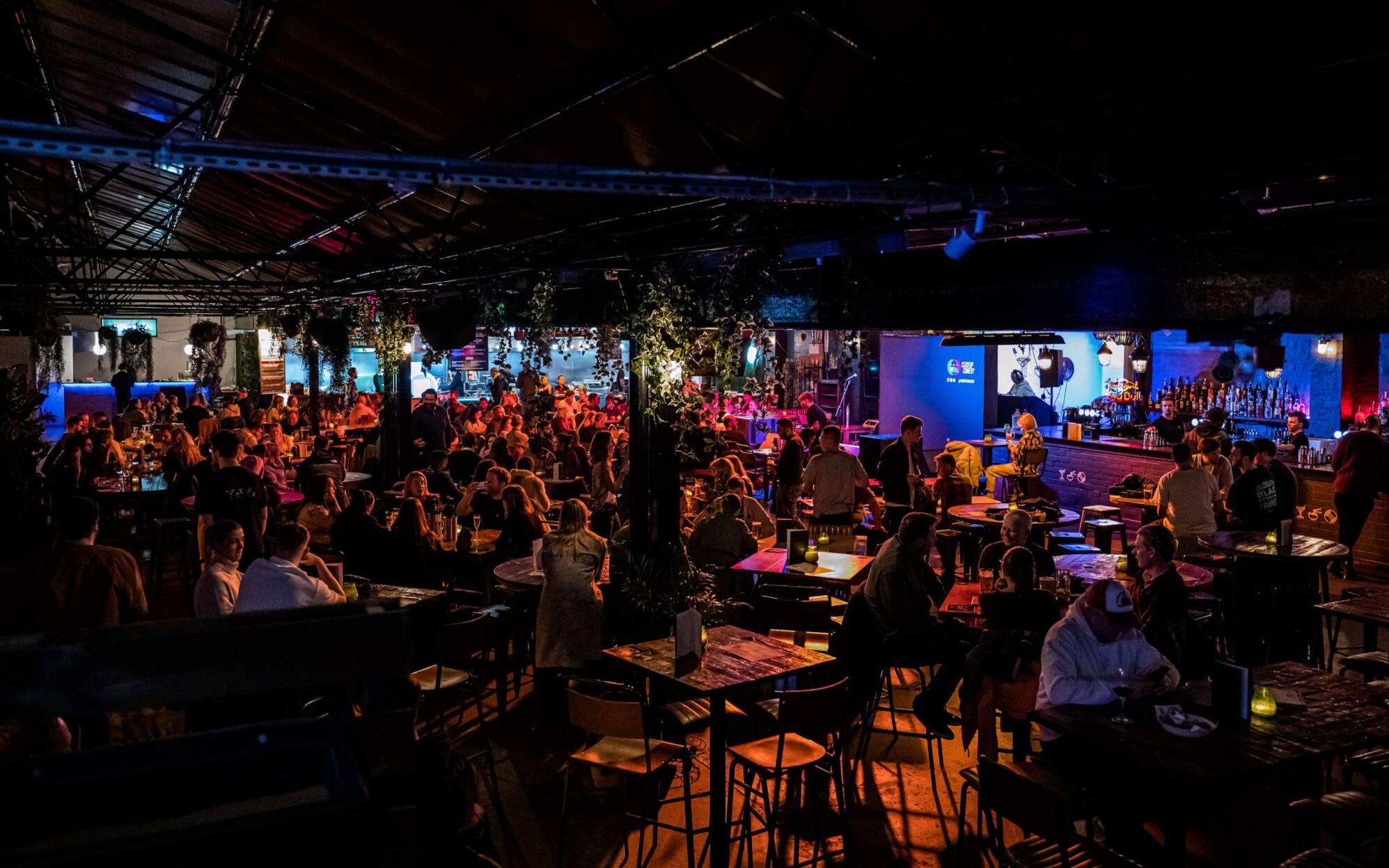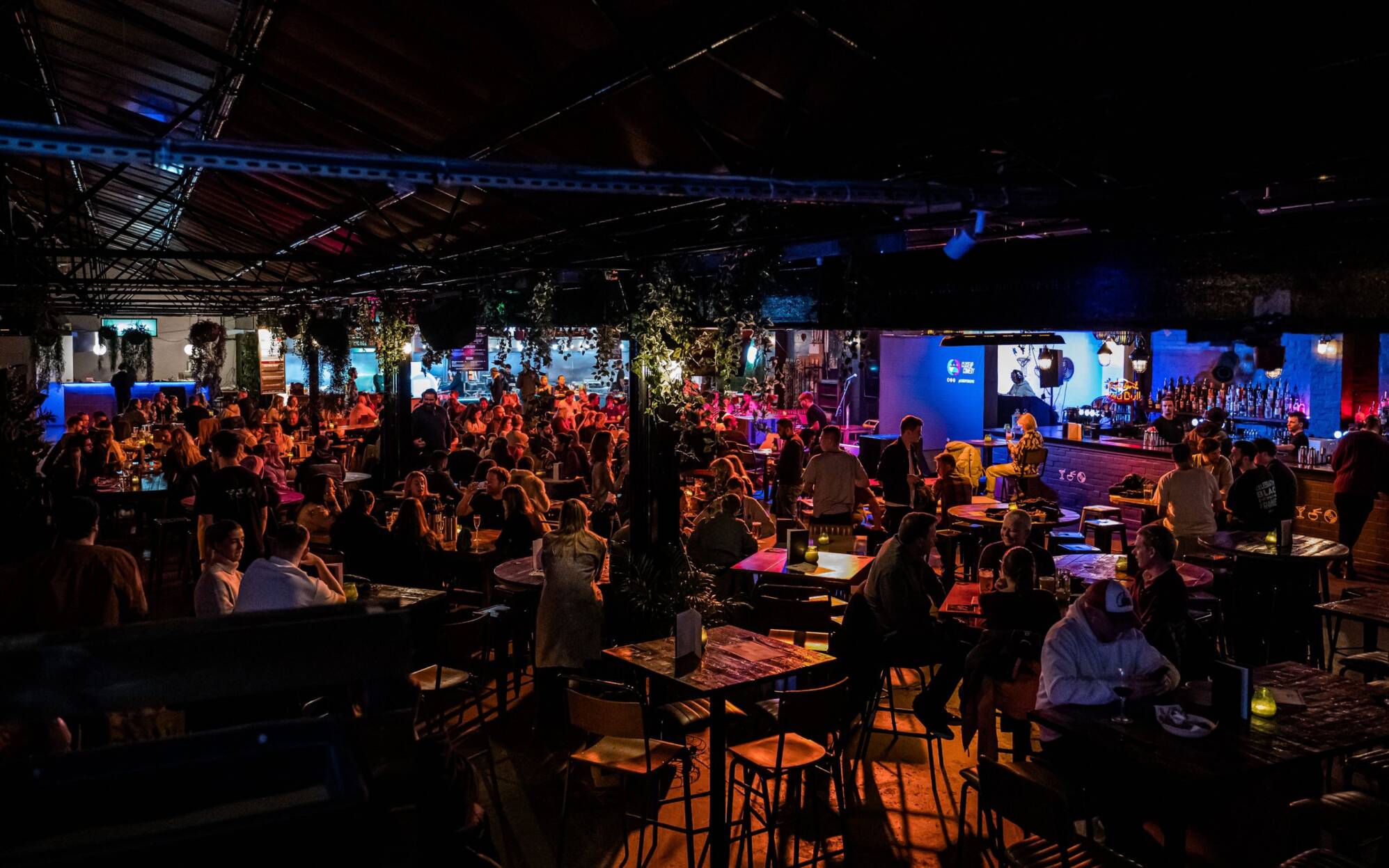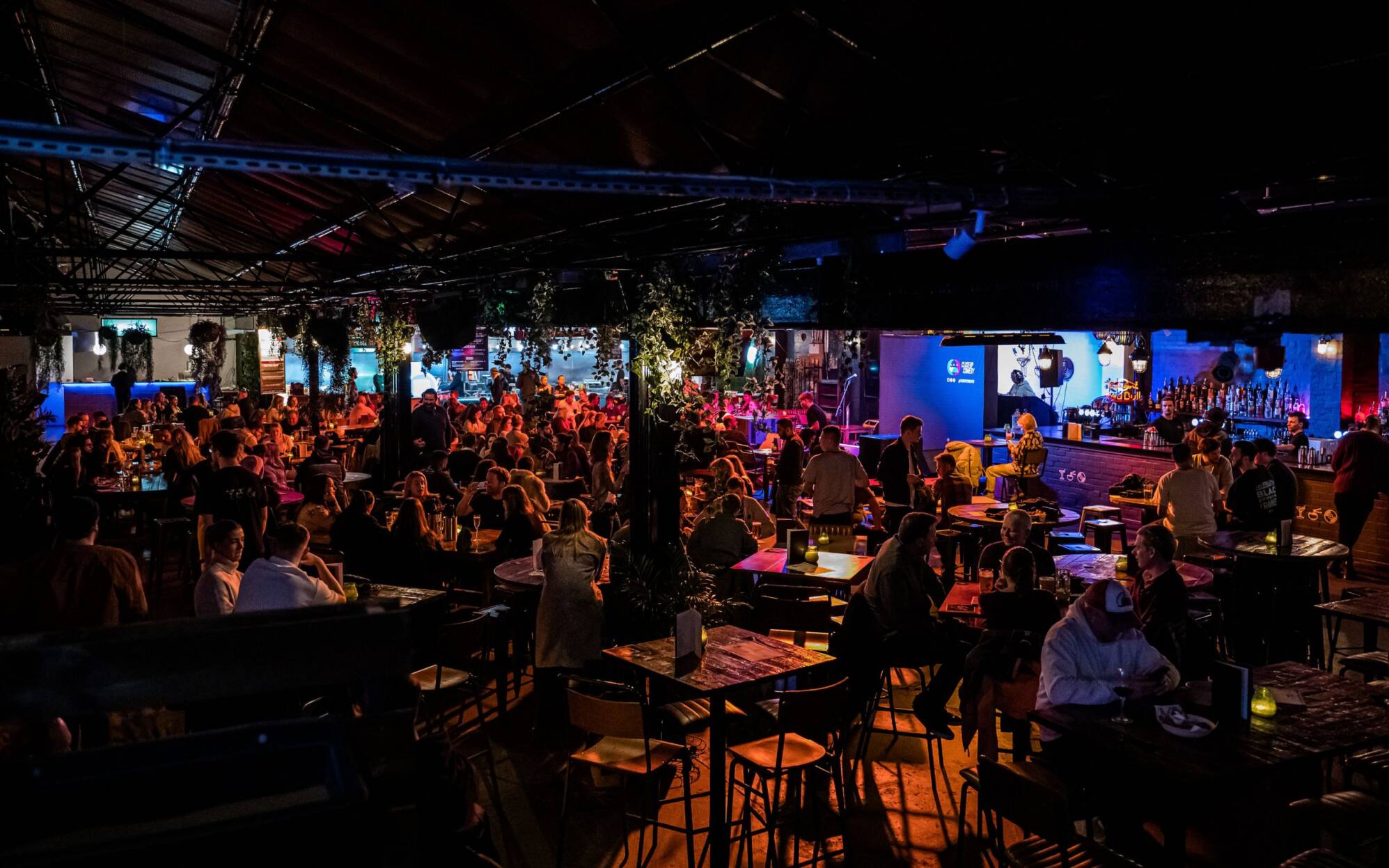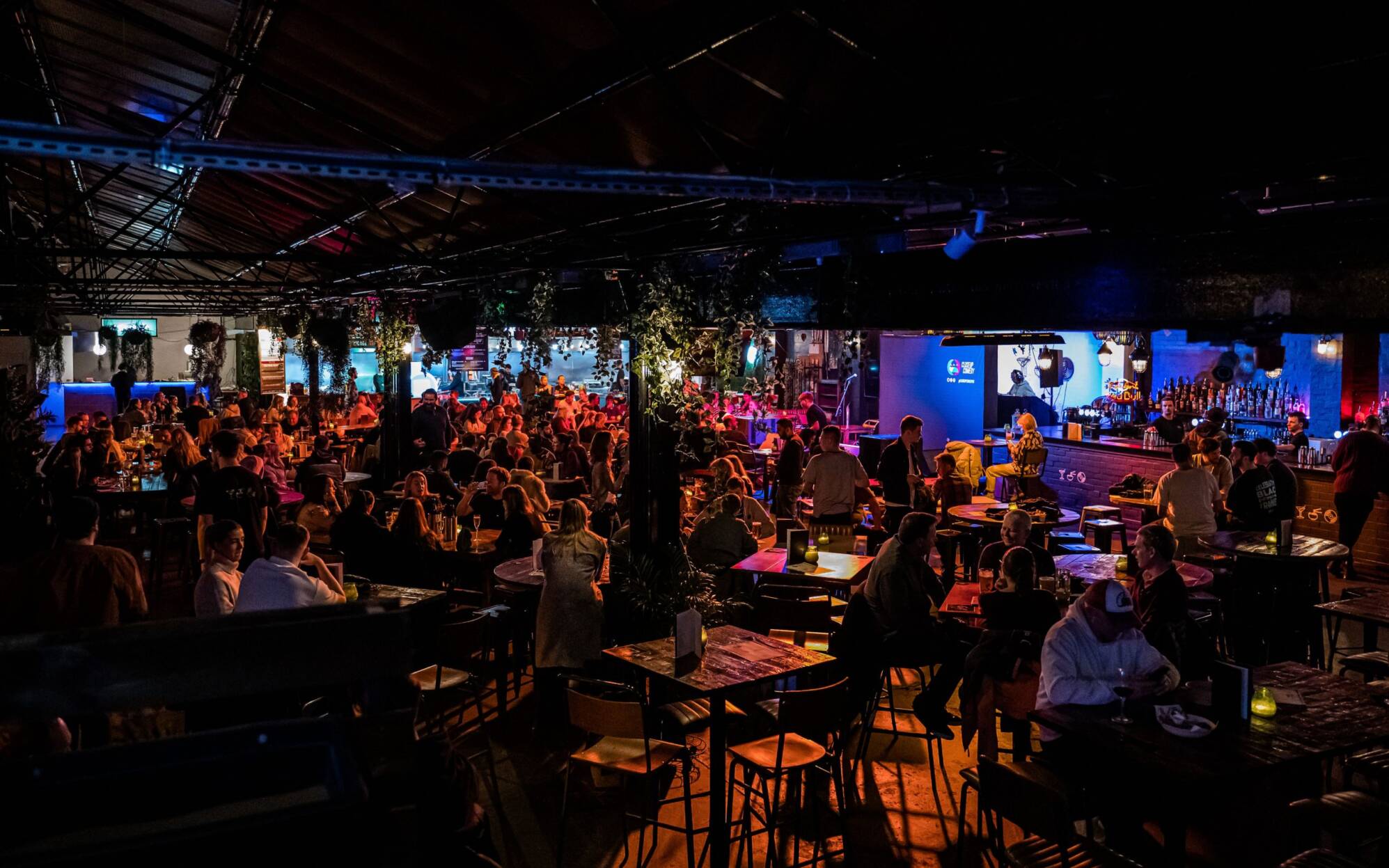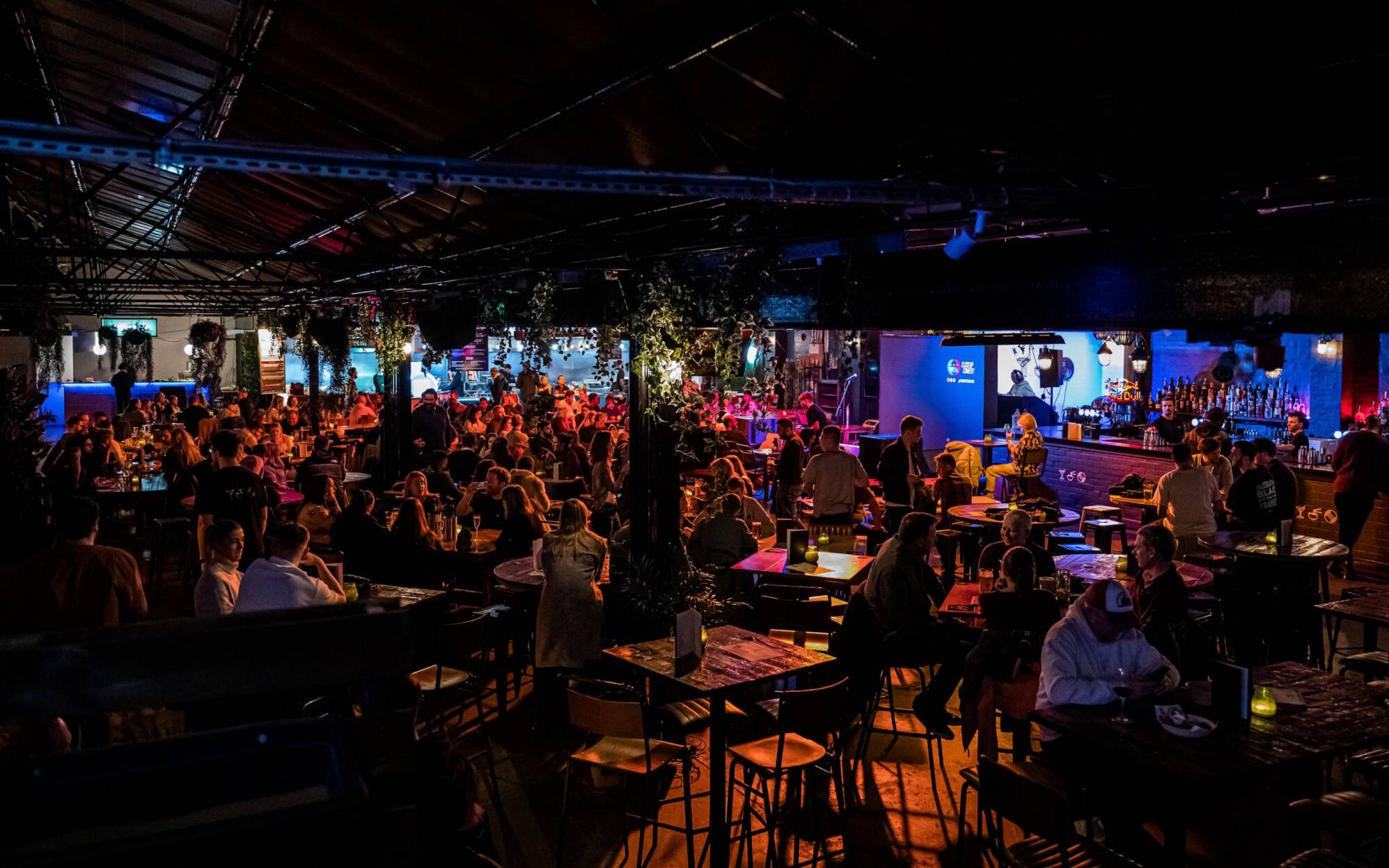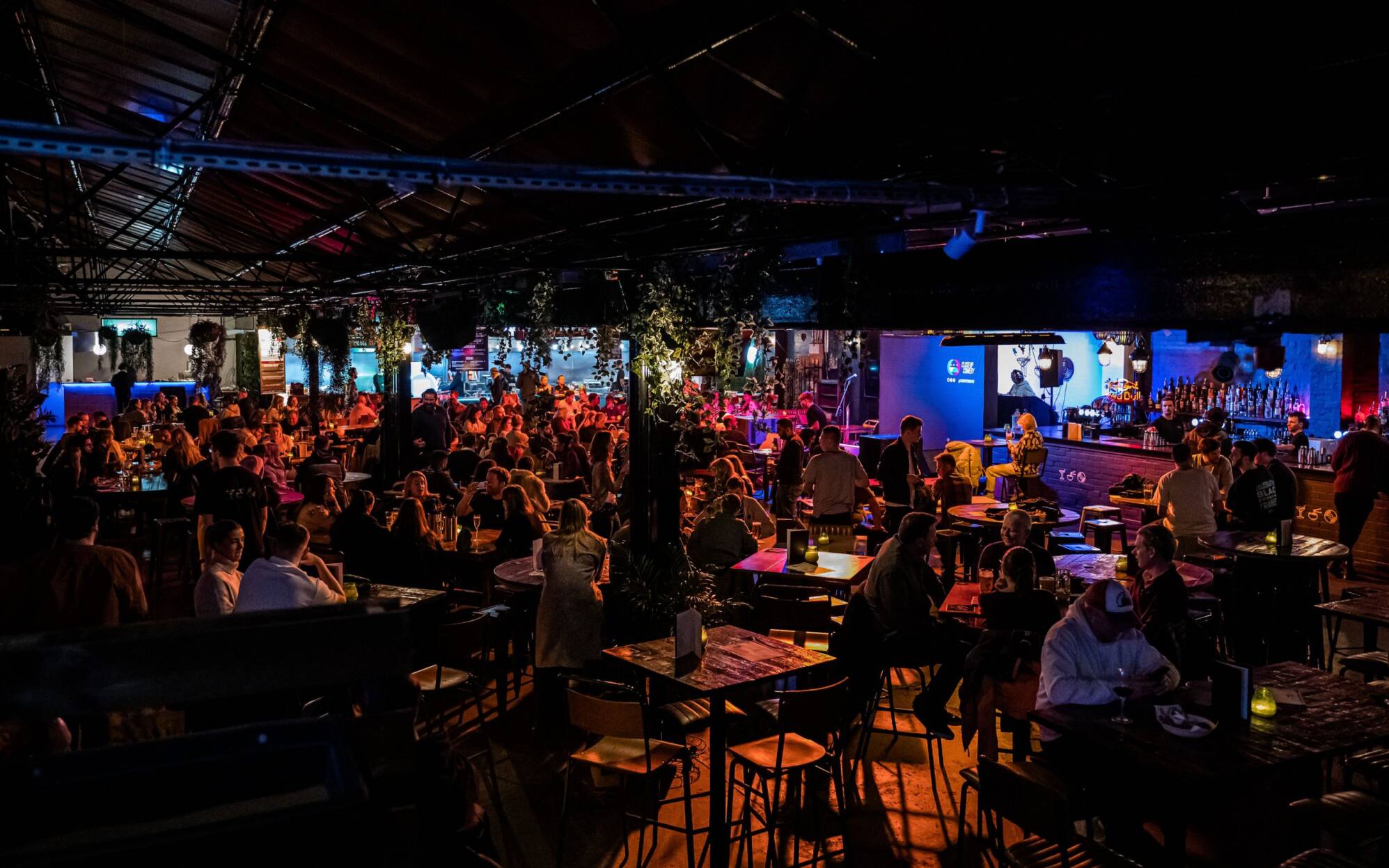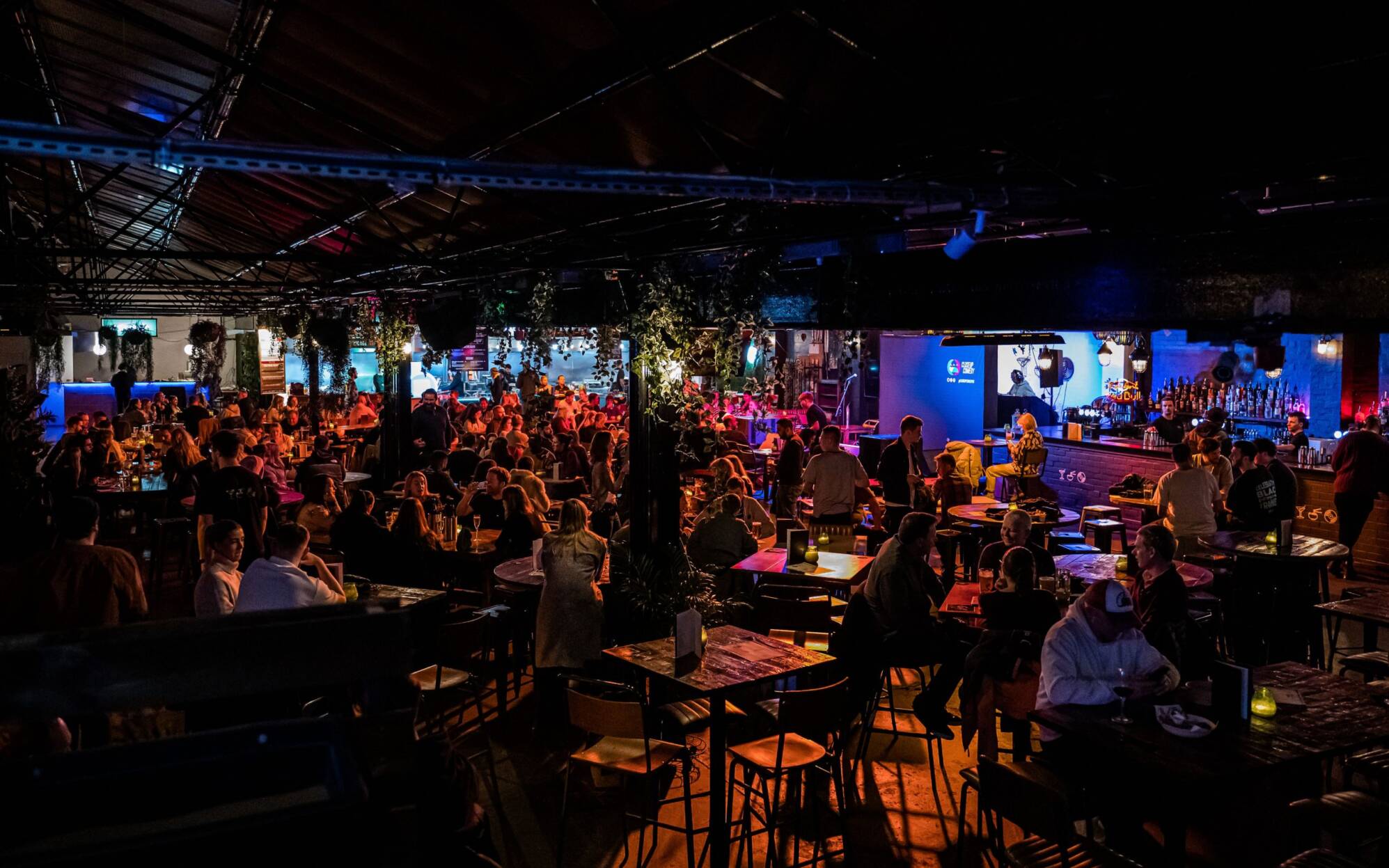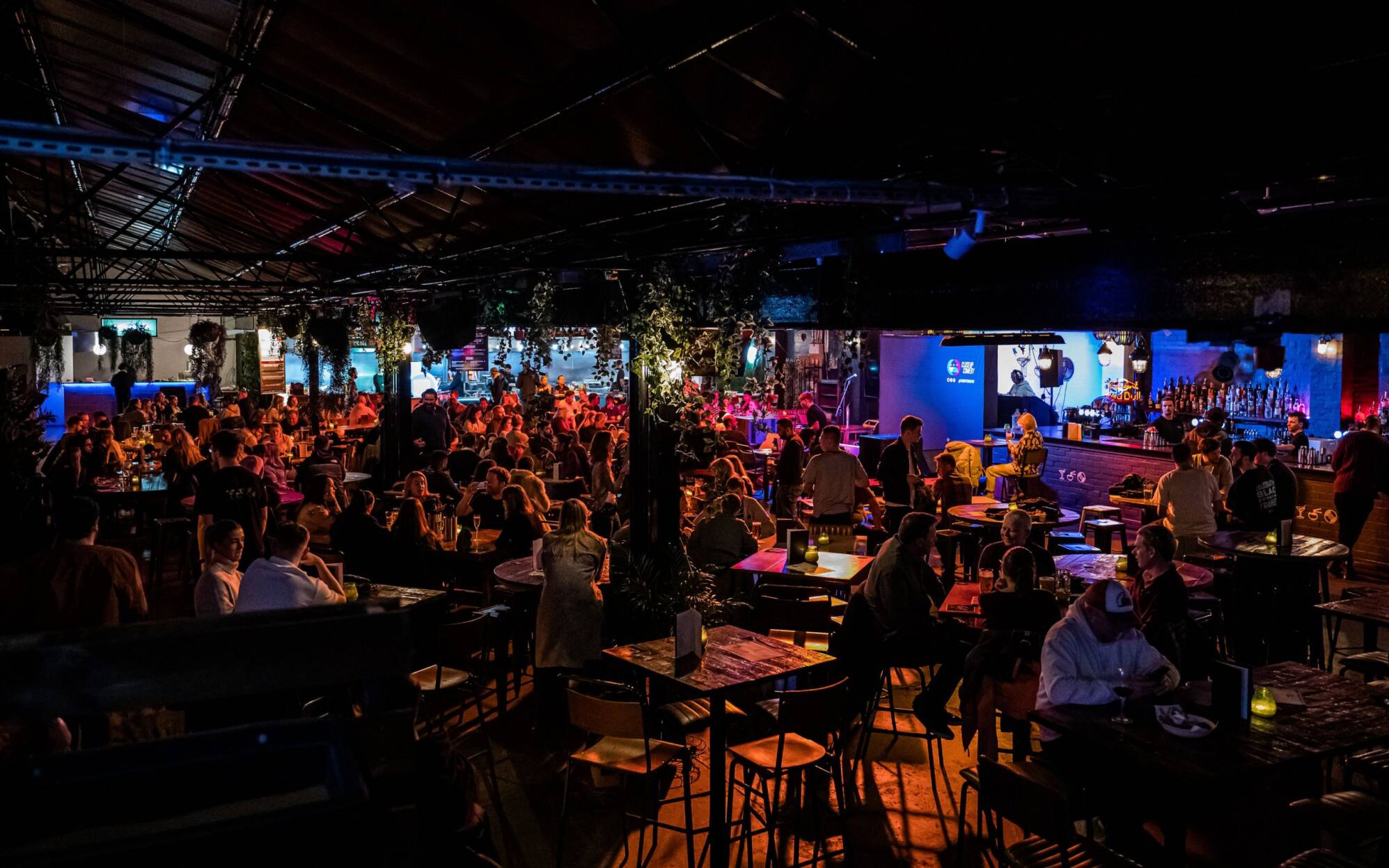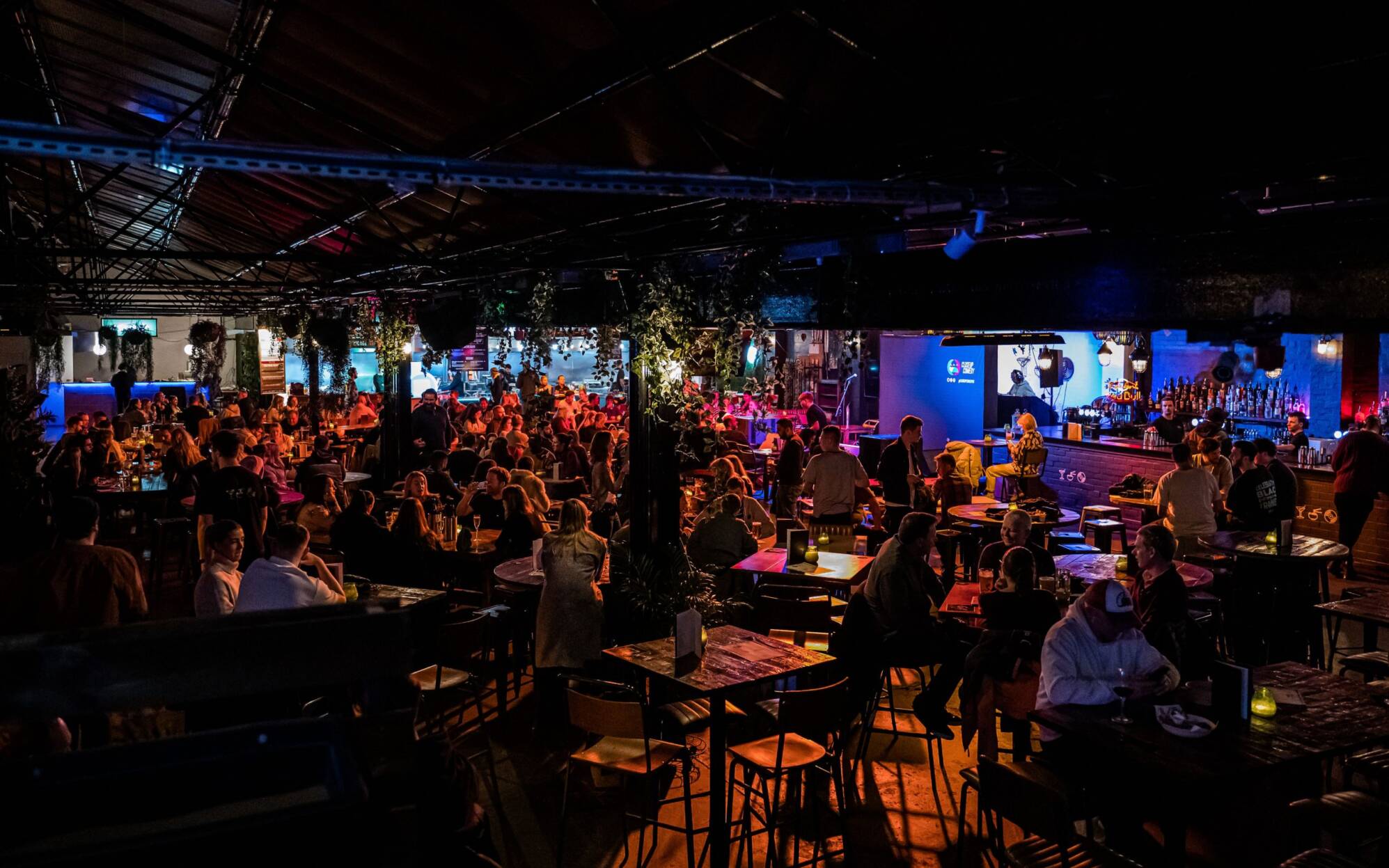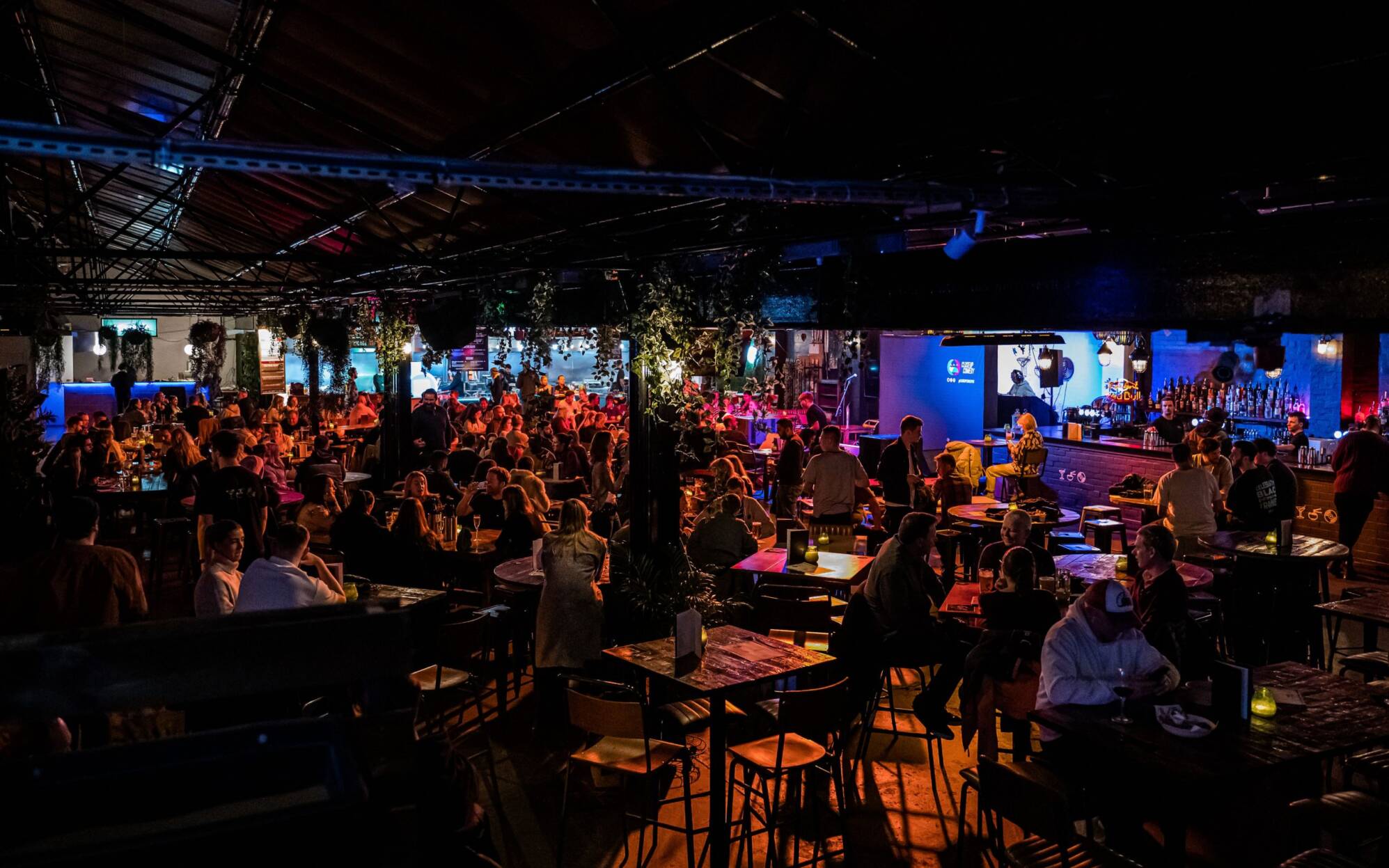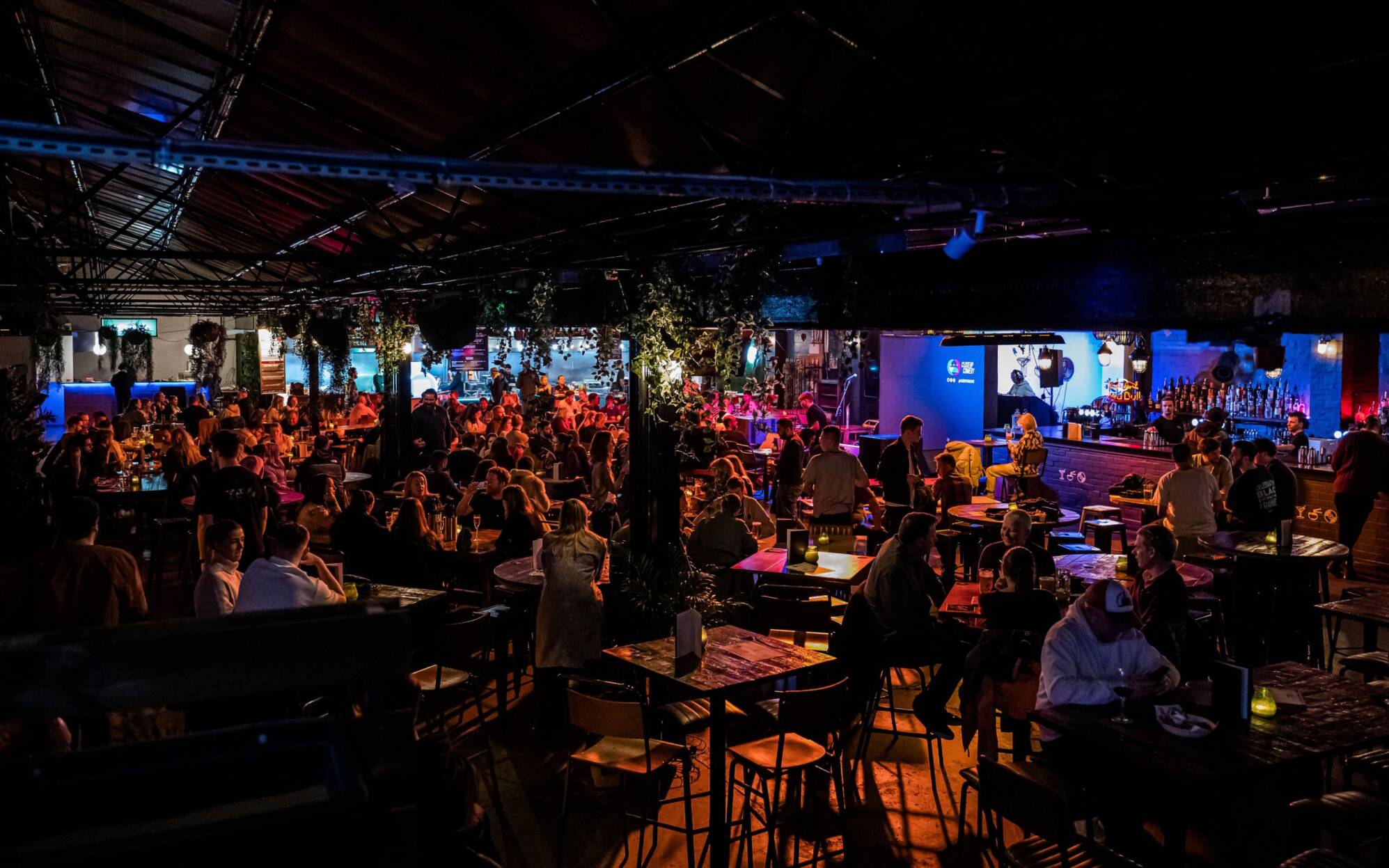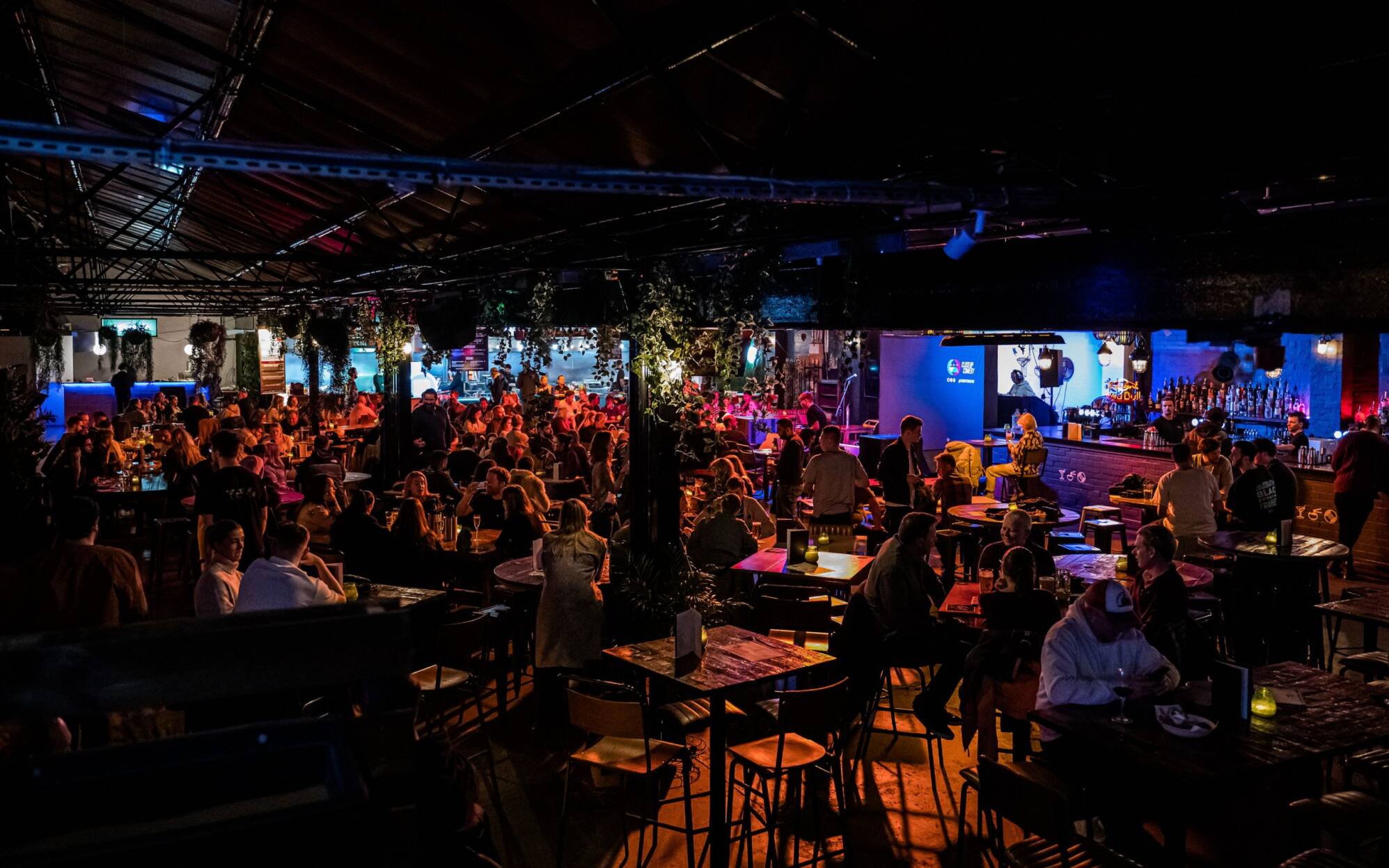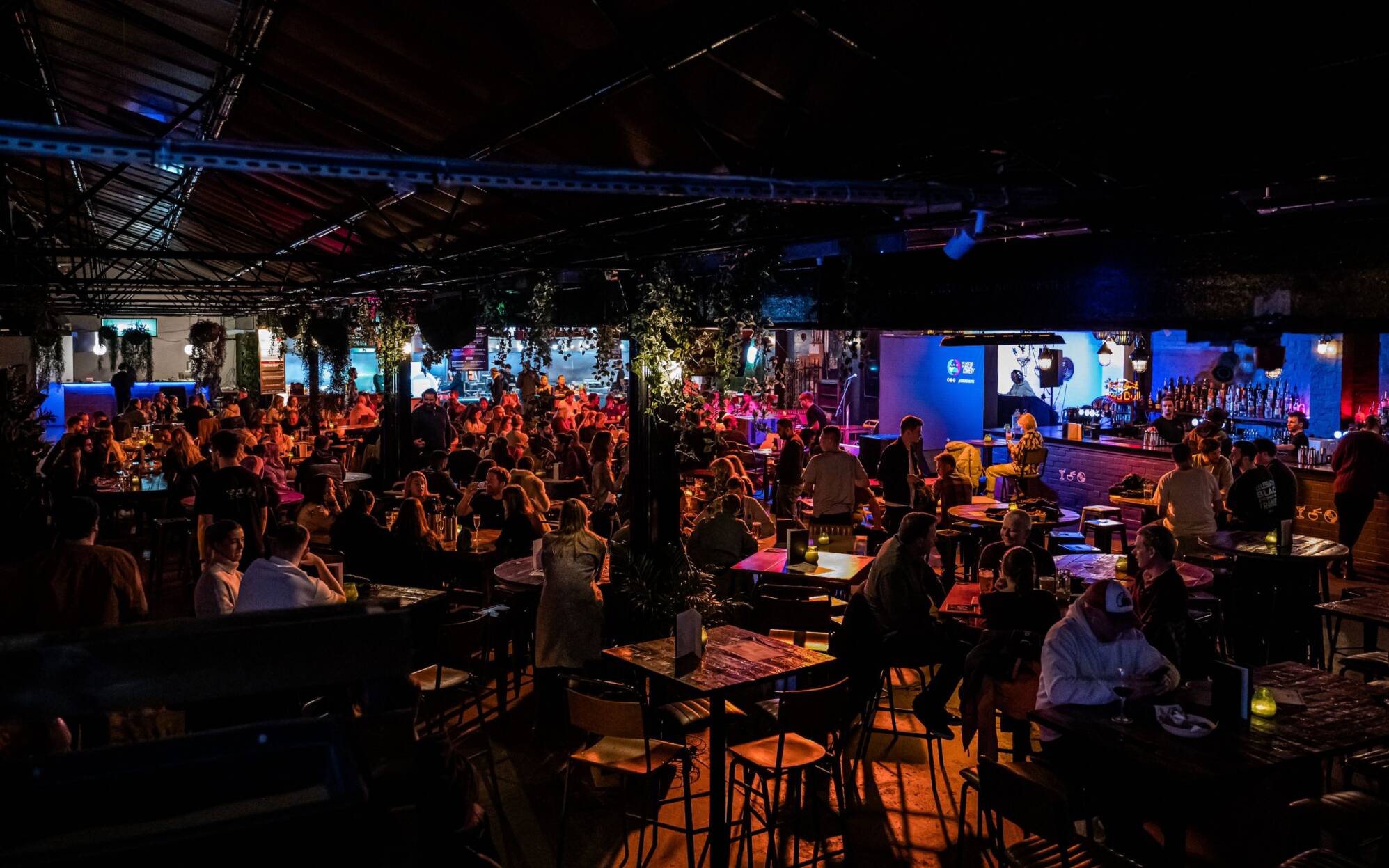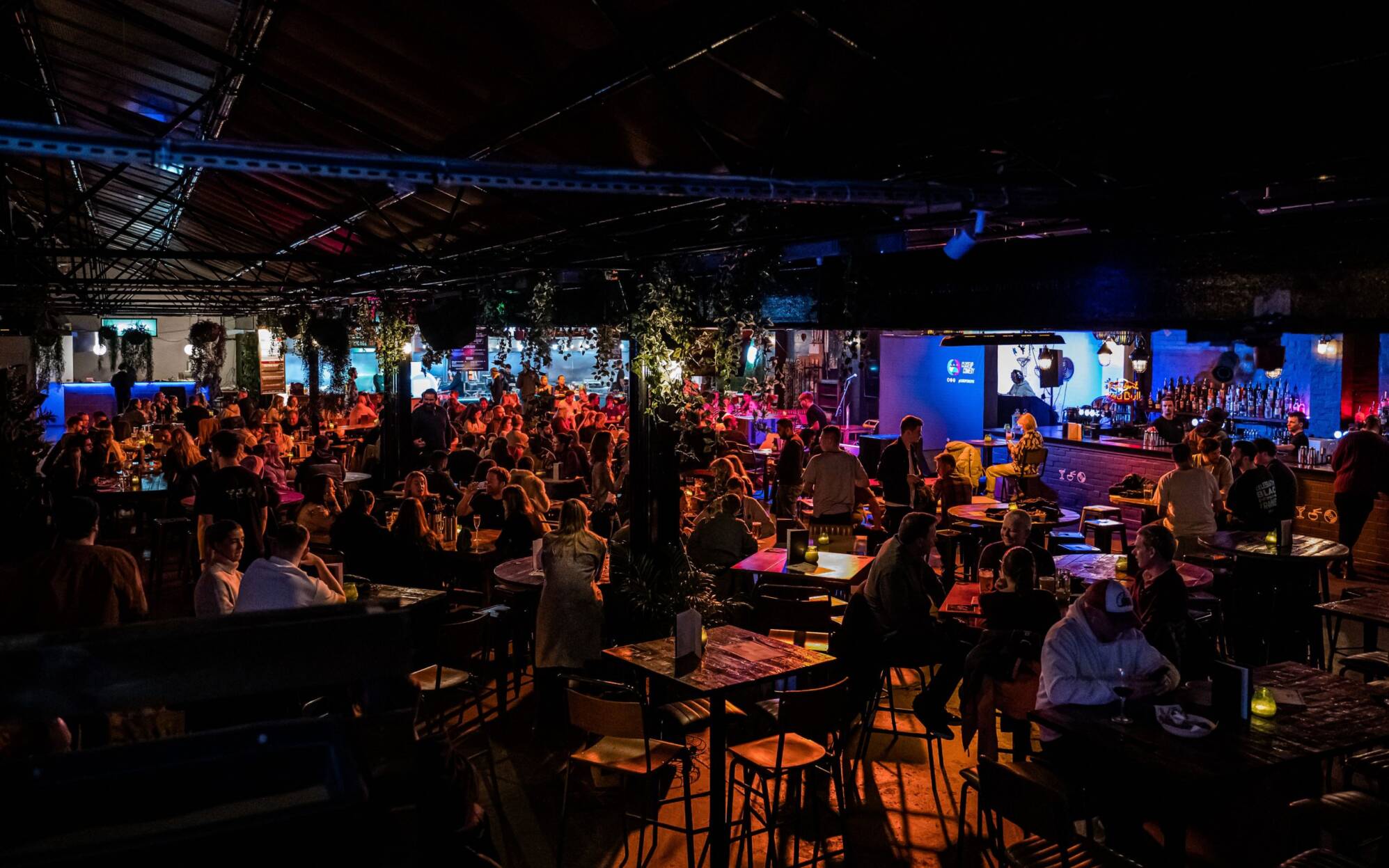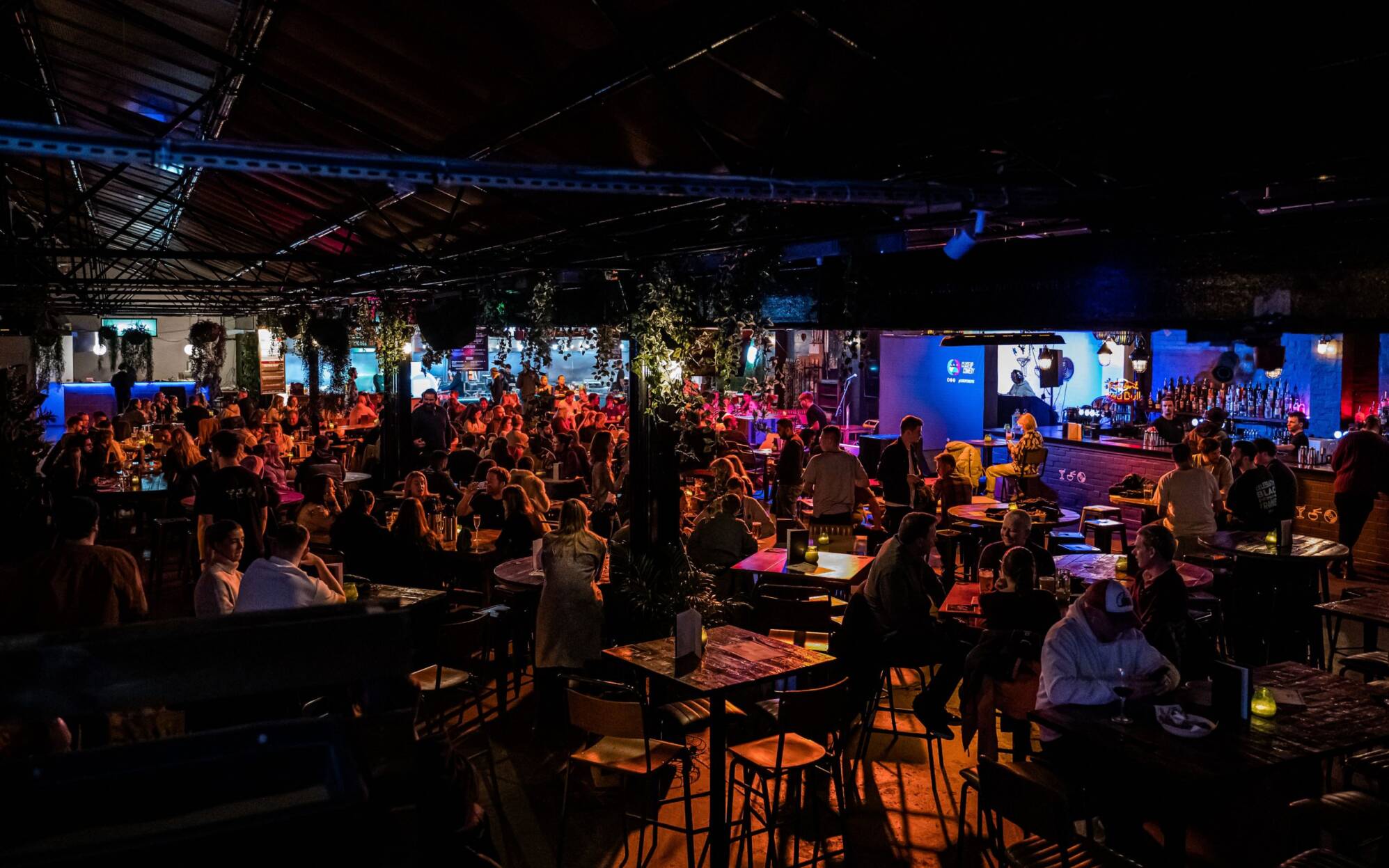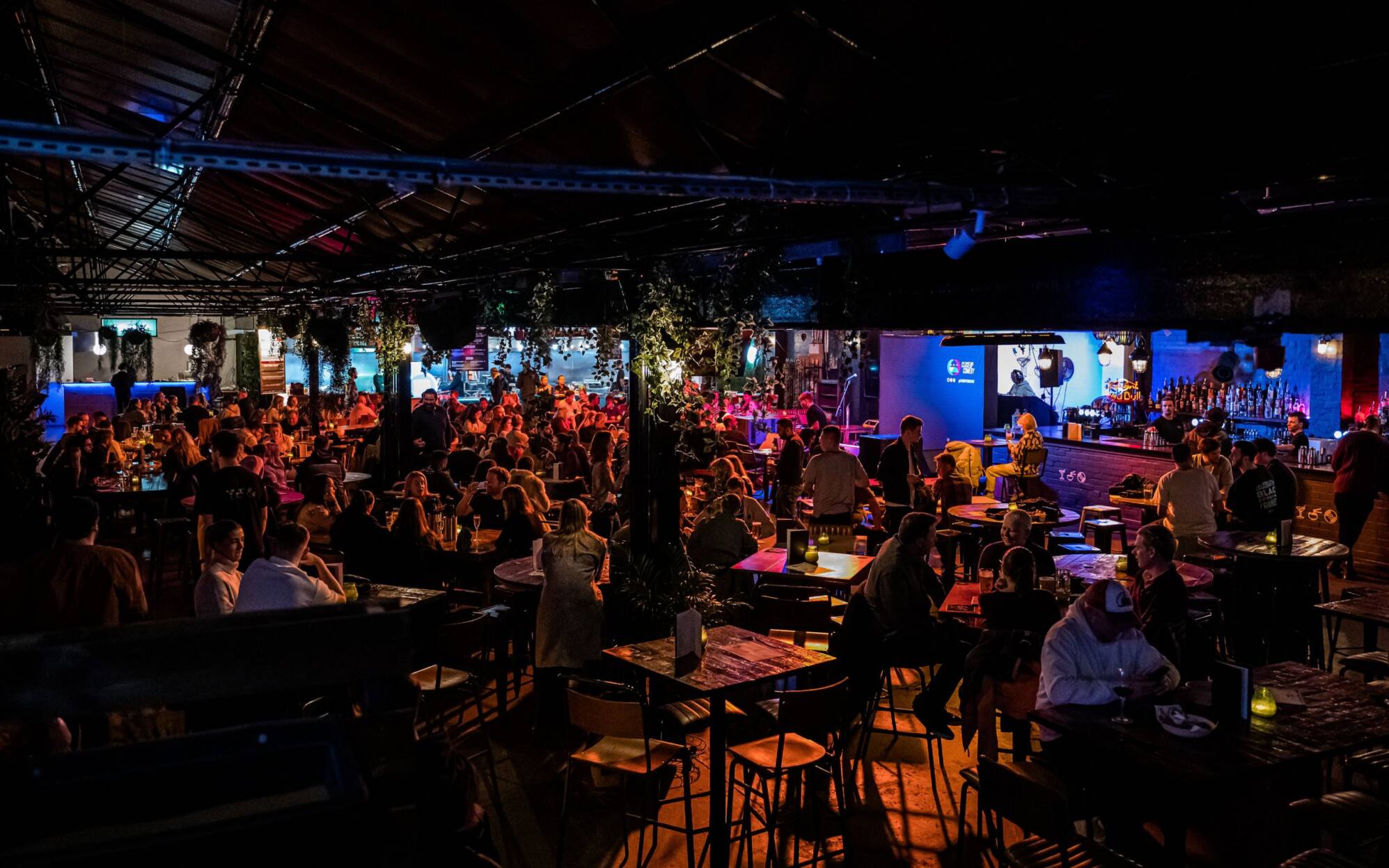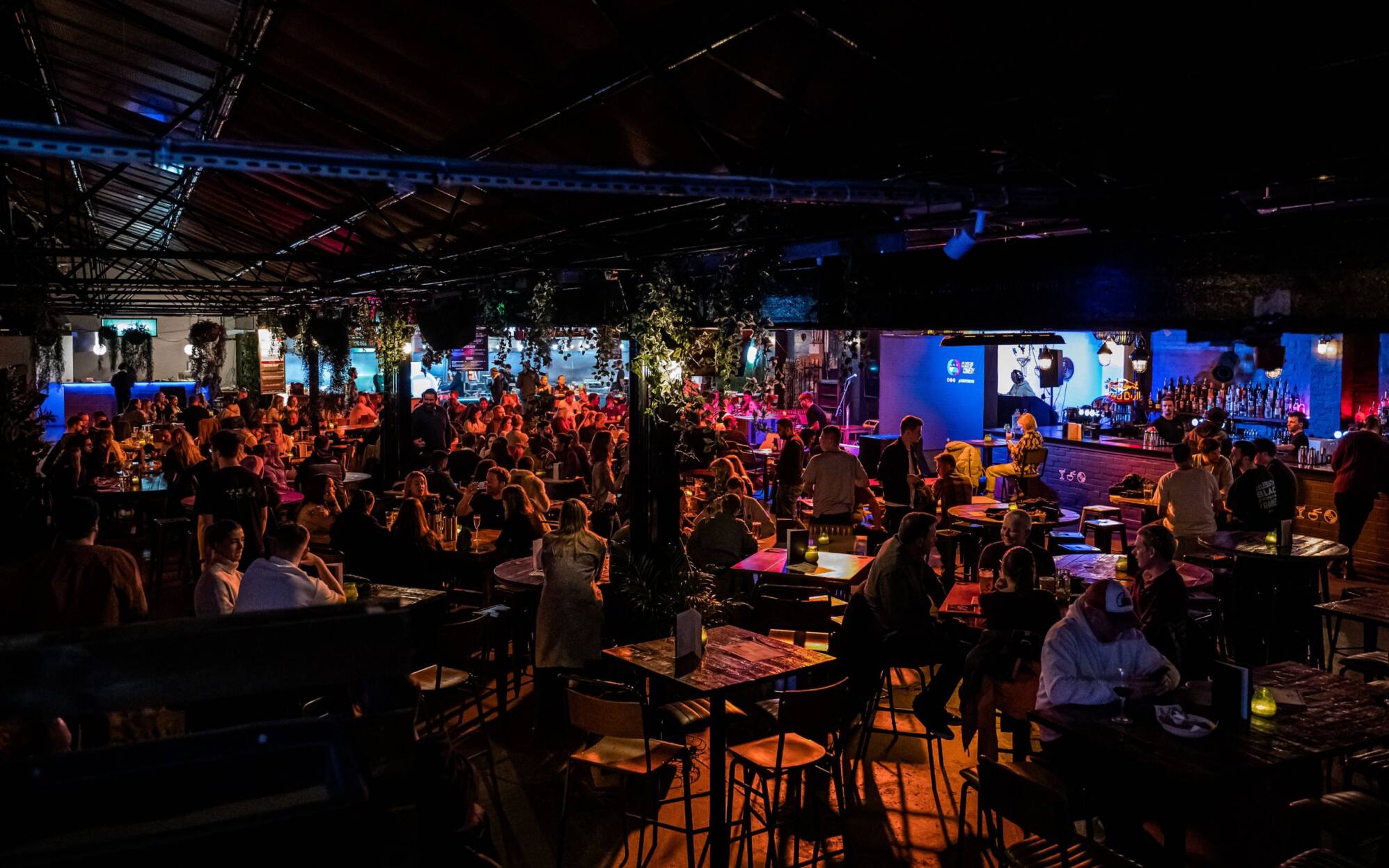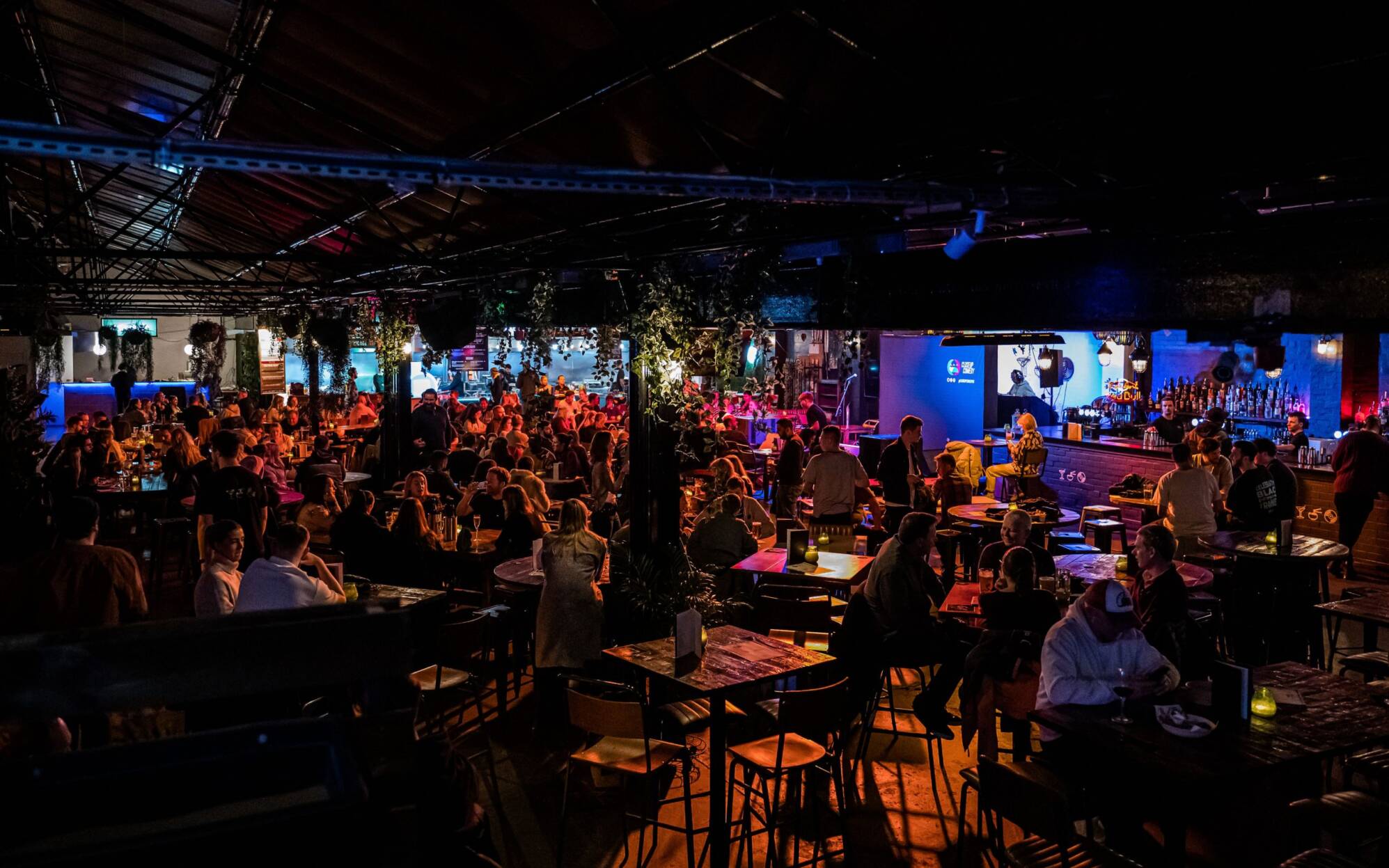Social clubs serve as vital community hubs, bringing people together for shared interests, activities, and social interaction. Whether you operate a working men's club, sports club, hobby group, or community organization, your building is the foundation of your club's operations. Social club buildings insurance provides essential protection for these unique properties that face distinct risks and challenges.
Understanding Social Club Buildings Insurance
Social club buildings insurance is a specialized form of property insurance designed specifically for club premises. Unlike standard commercial property insurance, it recognizes the unique nature of social clubs - from their membership structure and varied activities to their often historic buildings and community-focused operations.
This insurance covers the physical structure of your club building, including walls, roof, floors, fixtures, and fittings. It protects against damage from fire, flood, storm, theft, vandalism, and other covered perils that could threaten your club's premises.
Why Social Clubs Need Specialized Buildings Insurance
Social clubs face unique property risks that standard insurance may not adequately address:
Diverse Activities Under One Roof
Most social clubs host multiple activities - from dining and drinking to sports, entertainment, meetings, and special events. Each activity brings different risks to the building, from kitchen fires to sports equipment damage.
Historic and Older Buildings
Many social clubs operate from older, character buildings that may have outdated electrical systems, aging roofs, or heritage features requiring specialist repair. These buildings often need higher rebuild costs and specialized restoration expertise.
High Footfall and Public Access
Social clubs regularly welcome members and guests, creating higher wear and tear on the building fabric. More people also means greater risk of accidents that could damage the property.
Alcohol Service Areas
Bars and licensed areas face increased risks from spills, breakages, and potential incidents that could damage floors, fixtures, and equipment.
Kitchen and Catering Facilities
Many clubs provide food service, bringing fire risks from cooking equipment, grease buildup, and commercial kitchen operations.
Entertainment and Events
Live music, dancing, parties, and special events can put additional stress on floors, walls, and building systems while increasing accident risks.
Key Coverage Areas for Social Club Buildings
Building Structure
Complete protection for walls, roof, floors, windows, doors, and the basic building fabric against fire, storm, flood, impact damage, and other covered perils.
Fixtures and Fittings
Coverage for built-in items like bars, kitchen units, lighting systems, heating, plumbing, and electrical installations that form part of the building.
Tenant's Improvements
If your club rents its premises, coverage for improvements and alterations you've made to adapt the building for club use.
Outbuildings and External Structures
Protection for separate buildings, storage sheds, pavilions, beer gardens, car parks, and boundary walls or fences.
Loss of Rent
If you rent out parts of your building to generate income, coverage for lost rental income while the building is being repaired.
Alternative Accommodation Costs
Coverage for additional costs if your club needs temporary premises while your building is being repaired after an insured event.
Specific Risks for Social Club Buildings
Fire Risks
Kitchens, electrical systems, heating, and smoking areas all present fire hazards. Older buildings may have outdated fire safety systems requiring additional protection.
Water Damage
Burst pipes, roof leaks, flooding, and plumbing failures can cause extensive damage to building fabric, especially in older properties with aging systems.
Storm and Weather Damage
High winds can damage roofs, windows, and external structures. Heavy rain can cause flooding or reveal roof weaknesses in older buildings.
Theft and Vandalism
Club buildings may be targeted for break-ins, especially if they contain valuable equipment or cash from bar operations. Vandalism can also damage external walls, windows, and signage.
Subsidence and Ground Movement
Older buildings may be more susceptible to ground movement, especially if built on clay soils or near trees that can affect foundations.
Impact Damage
Vehicle strikes, falling trees, or impact from sports activities can damage building exteriors, windows, or structural elements.
Choosing the Right Social Club Buildings Insurance
Accurate Rebuild Valuations
Ensure your sum insured reflects the full cost of rebuilding your premises, including any specialist features, heritage elements, or unique architectural details that would require expert restoration.
Index Linking
Choose policies with automatic index linking to ensure your cover keeps pace with rising building costs and inflation in construction prices.
New for Old Cover
Opt for replacement as new cover rather than indemnity basis to ensure you can restore your building to its pre-loss condition without deduction for wear and tear.
Professional Fees Cover
Include coverage for architect, surveyor, and legal fees that will be necessary when rebuilding or making major repairs to your club premises.
Debris Removal
Ensure your policy includes adequate cover for clearing debris and demolition costs, which can be substantial after major damage.
Temporary Protection
Coverage for emergency measures like boarding up, temporary roofing, or security services to prevent further damage after an incident.
Working with Your Insurance Provider
Regular Valuations
Have your building professionally valued every 3-5 years to ensure your sum insured remains adequate, especially if you've made improvements or extensions.
Risk Management
Work with your insurer to identify and address building risks through proper maintenance, security measures, and safety procedures.
Maintenance Records
Keep detailed records of building maintenance, repairs, and improvements. Good maintenance can help prevent claims and demonstrate responsible property management.
Emergency Procedures
Develop clear procedures for building emergencies, including who to contact and how to minimize damage while ensuring member safety.
Claims Process for Building Damage
Immediate Response
Contact your insurer immediately after discovering damage. Take photos and make the building safe, but don't begin repairs without insurer approval for major damage.
Emergency Repairs
You can usually proceed with emergency repairs to prevent further damage, but keep receipts and photos of the damage before temporary repairs.
Professional Assessment
Your insurer will arrange for loss adjusters and building surveyors to assess the damage and agree on repair specifications and costs.
Specialist Contractors
For heritage or unusual buildings, ensure repairs are carried out by contractors experienced in your type of property to maintain building integrity and character.
Cost Considerations
Building Age and Type
Older or heritage buildings typically cost more to insure due to higher rebuild costs and specialized repair requirements.
Location Factors
Buildings in flood-prone areas, high-crime locations, or areas with limited contractor availability may face higher premiums.
Security Measures
Good security systems, including alarms, CCTV, and secure locks, can help reduce premiums by lowering theft and vandalism risks.
Maintenance Standards
Well-maintained buildings with up-to-date electrical, heating, and roofing systems typically qualify for better rates.
Claims History
A good claims history demonstrates effective risk management and can help keep premiums competitive.
Additional Considerations
Heritage and Listed Buildings
If your club operates from a listed building, ensure your policy covers the additional costs of heritage-compliant repairs and materials.
Environmental Risks
Consider coverage for environmental issues like contaminated land or pollution that could affect your building or require specialist cleanup.
Business Interruption Link
Coordinate your buildings insurance with business interruption cover to ensure seamless protection when building damage affects club operations.
Compliance Requirements
Ensure your building meets all relevant safety standards, licensing requirements, and accessibility regulations to avoid coverage issues.
Regular Policy Reviews
Review your buildings insurance annually, especially after any improvements, extensions, or changes to club activities that might affect building risks.
Conclusion
Social club buildings insurance is essential protection for your community hub. The right policy protects not just the physical structure, but the foundation of your club's ability to serve its members and community.
Work with insurance providers who understand social clubs and can tailor coverage to your specific building type, activities, and risks. Regular reviews, proper valuations, and proactive risk management will help ensure your club building remains protected and your premiums remain competitive.
Your building is more than just bricks and mortar - it's the heart of your community. Proper buildings insurance ensures that heart keeps beating, whatever challenges come your way.


 0330 127 2333
0330 127 2333

